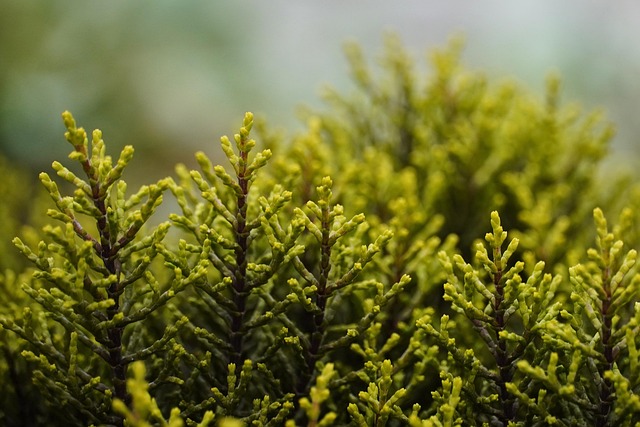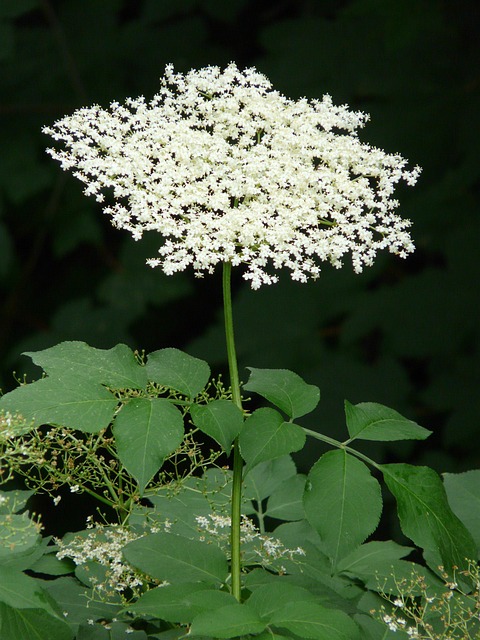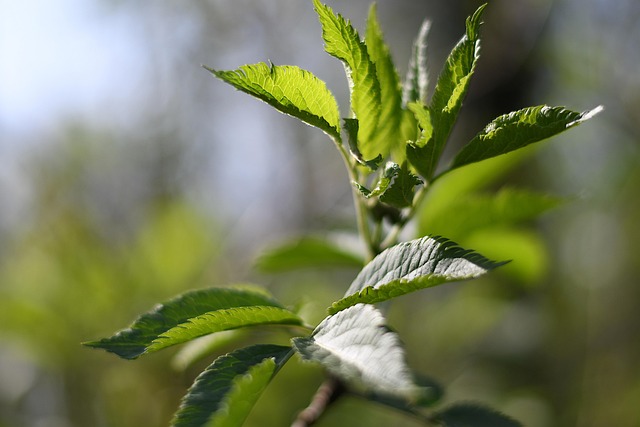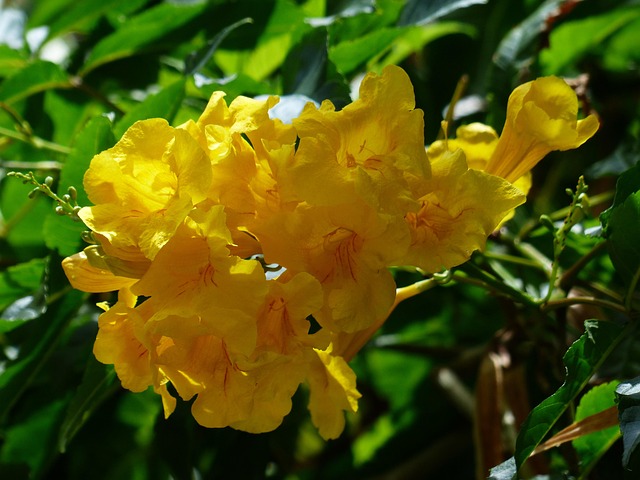Seasonal tree pruning is a vital practice for maintaining tree health and aesthetics, done during dormancy (winter/spring) to minimize stress and encourage healing. It involves removing dead, diseased, or damaging branches, improving air circulation, sunlight penetration, and structural integrity. The right tools, sharp shears, and techniques specific to species and age are crucial. DIYers should avoid over-pruning, dull tools, and stub cuts to prevent diseases and damage. Strategic pruning enhances trees' natural shape, balance, and overall health.
“Enhance your landscape’s beauty with the art of precise, seasonal tree pruning. This comprehensive guide explores the science and aesthetics behind this essential gardening practice. Learn the optimal timing and reasons for pruning, discover the right tools and techniques, and master identifying branches that contribute to a tree’s desired shape. From understanding growth patterns to avoiding common mistakes, these insights ensure your trees thrive and add aesthetic value to any setting. Discover the transformative power of seasonal tree pruning.”
- Understanding Seasonal Tree Pruning: When and Why It Matters
- Tools and Techniques for Effective Pruning
- Identifying Branches to Remove for Aesthetic Purposes
- Shaping Trees for Desired Appearance
- Common Mistakes to Avoid During Precision Pruning
Understanding Seasonal Tree Pruning: When and Why It Matters

Seasonal tree pruning is a critical practice that aligns with the natural rhythms of a tree’s growth cycle. Understanding the optimal timing for pruning varies by species and climate, but generally, winter or early spring is considered ideal. During these periods, trees are dormant, reducing stress caused by cutting and allowing wounds to heal faster. This method prevents the spread of diseases and pests, which can be more active in warmer seasons.
Pruning at the right time also ensures that you remove dead, diseased, or damaged branches effectively. It encourages new growth, enhances air circulation, and improves sunlight penetration, fostering a healthier and more aesthetically pleasing tree. Seasonal pruning plays a vital role in maintaining the overall health and beauty of trees, ensuring they thrive throughout the year.
Tools and Techniques for Effective Pruning

Pruning a tree is an art, and the right tools and techniques are essential for achieving aesthetic results while promoting healthy growth. For any seasonal tree pruning task, having the appropriate equipment makes the process more efficient and safer. Start by selecting sharp, clean pruning shears tailored to your tree’s branch thickness. Hand shears are ideal for smaller branches, while loppers or pruners with longer handles are suitable for thicker ones. Regular maintenance of these tools is crucial; keep them sharpened to ensure clean cuts that minimize damage to the tree.
Techniques vary based on the type and age of the tree. For instance, structural pruning involves removing crossing or rubbing branches to improve airflow and light penetration. This method is particularly important for young trees to establish a strong framework. Seasonal pruning also considers the time of year; many experts recommend trimming during late winter or early spring when trees are dormant. However, some trees may require summer pruning to remove dead or diseased branches, ensuring their overall health and longevity.
Identifying Branches to Remove for Aesthetic Purposes

When considering precise and careful pruning for aesthetic purposes, the first step is to identify which branches should be removed. Seasonal tree pruning is a crucial practice that helps maintain the health and beauty of trees throughout the year. During each season, different considerations apply; for example, in late winter or early spring, focus on removing dead, diseased, or damaged branches. These branches can weaken the tree and create entry points for pests and diseases.
Visual appearance is another key factor to consider. Look for branches that disrupt the natural shape of the tree or grow at awkward angles. Overlapping or rubbing branches should also be pruned to prevent damage from friction. By carefully assessing each branch, you can enhance the overall structure and balance of the tree while promoting healthy growth in the upcoming season.
Shaping Trees for Desired Appearance

Pruning trees is an art that involves carefully selecting and removing branches to shape them for aesthetic appeal. This practice, often referred to as seasonal tree pruning, goes beyond just maintaining a tree’s health; it’s about enhancing its natural beauty. By understanding the unique growth patterns of different tree species, one can encourage desirable shapes and sizes, ensuring a visually pleasing landscape throughout the year.
Seasonal pruning allows for the reconfiguration of a tree’s form while promoting new, vibrant growth. It is crucial to time these sessions appropriately, as pruning at the wrong season can cause stress or damage. For instance, late winter or early spring is often ideal for many deciduous trees as they are still in dormancy, making it easier to see the natural structure and plan cuts accordingly. This strategic approach not only maintains the tree’s health but also ensures its outer layers remain intact, preventing pest entry points and excessive exposure to elements like wind and sun.
Common Mistakes to Avoid During Precision Pruning

Many homeowners attempt seasonal tree pruning as a DIY project, but common mistakes can lead to damaged trees and unsightly results. One of the most frequent blunders is over-pruning; removing too many branches at once can stress the tree and leave it vulnerable to diseases and pests. It’s crucial to resist the urge to heavily trim during the growing season, as this can disrupt the tree’s natural growth patterns.
Another error is neglecting proper tool maintenance. Dull pruning shears or secateurs can rip bark, creating entry points for pathogens. Always ensure your tools are sharp and clean before beginning any seasonal tree pruning. Additionally, improper cutting techniques can leave stubs, which are more susceptible to rot. Aim for clean, angled cuts just outside the branch collar to promote healing and maintain the tree’s natural defense mechanisms.
Proper seasonal tree pruning is an art that enhances a landscape’s beauty and promotes tree health. By understanding the optimal timing, employing suitable tools, and making strategic branch selections, you can achieve aesthetic goals while ensuring your trees thrive. This precise practice involves careful consideration of each cut, allowing nature to continue its graceful process. Incorporating these techniques into your gardening routine will result in well-maintained, visually appealing trees that stand as focal points in any setting. Remember, effective seasonal tree pruning is both an art and a science, offering both functional and ornamental benefits for years to come.
